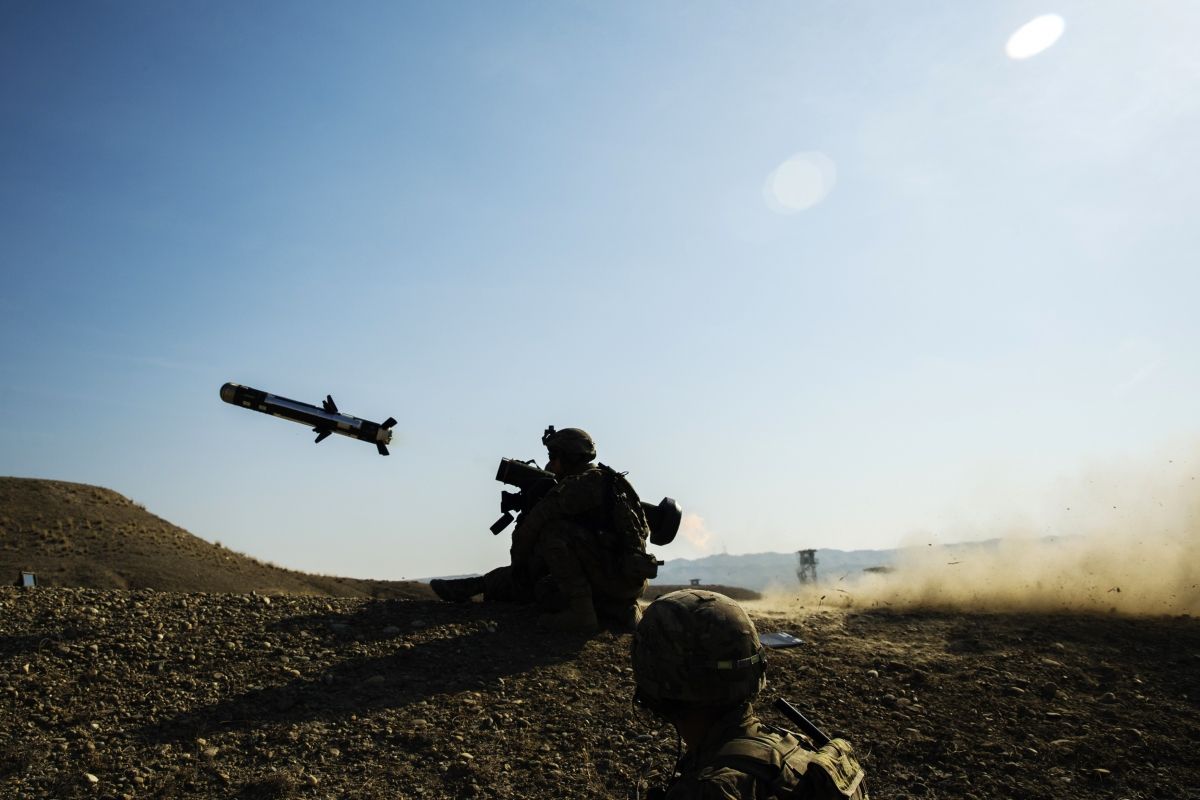
On taking office, Donald Trump signaled that he would take an approach similar to that chosen by Barack Obama’s administration – that is, choosing not to supply lethal aid to Ukraine not to ratchet up tension and stoke the conflict in eastern Ukraine, Stratfor reported.
Over the first year of Trump's presidency, however, relations between Washington and Moscow have only declined. U.S. Congress passed stricter sanctions against Russia in 2017 and may impose more punitive measures on the country this year. At the same time, officials in the Trump administration, including Defense Secretary Jim Mattis, National Security Adviser H.R. McMaster and U.S. Special Envoy for Ukraine Negotiations Kurt Volker, advocated more firmly for supplying lethal weapons to Ukraine.
Even so, the administration has tread lightly on the issue. An unnamed U.S. official told The Wall Street Journal that the Javelin missiles promised in the arms deal would be used only for training purposes in western Ukraine — far from the front lines — under the close watch of U.S. military personnel. That way, Washington hopes not only to avoid a flare-up in the fighting but also to make sure its weapons don't wind up in the hands of the militants and their Russian patrons.
Moscow isn't convinced, though. Following the arms deal's announcement, the Russian deputy foreign minister called the United States "an accomplice in fueling a war" because of the decision. And that accusation may not be the extent of Russia's reaction. Moscow, for example, could respond to the move in kind by ramping up its support for the militants in Donbas to ensure they have capabilities on par with those of the Ukrainian military.
Read alsoMoscow to use propaganda against U.S. lethal aid for Ukraine – HuffpostOn Jan. 10, a member of the Ukrainian parliament said the Russian military was working on technology to shield vehicles from Javelin missiles. Beefing up the separatists' arsenal may be the best option for Russia to respond to the U.S.-Ukraine lethal weapons deal without making relations with the United States much worse.
In addition, Moscow could opt for an asymmetric response. Russia could use the hybrid tactics it routinely employs against Ukraine — including targeted assassinations of security forces and officials, cyberattacks, economic restrictions, and political manipulation — to put more pressure on the country and its Western backers. It could even apply these methods outside Ukraine, for instance in Syria or in the European borderlands, to retaliate against the United States for increasing support to the Ukrainian government. Russia, after all, has followed a similar strategy many times in the past.
Read alsoUkraine vows to use U.S.-made ATGMs to respond to Russian provocations in DonbasStill a third option for Moscow is to defer a response for now in favor of diplomacy. With only two months to go before the next presidential election, the current Russian administration has an interest in preventing the conflict in Ukraine from escalating, lest the United States compound Russia's economic troubles with more sanctions. Staying engaged with UN peacekeeping negotiations, likewise, offers Moscow a potential solution to keep heavier sanctions at bay.
So far, at least, the arms deal has yet to aggravate hostilities along the front lines in eastern Ukraine. The two sides of the conflict, in fact, went through with a major prisoner swap just days after the United States announced the decision. But should the United States or European Union take further punitive action against Russia, or make more moves in the security sphere that it considers aggressive, then the Kremlin will fire back as it sees fit.

